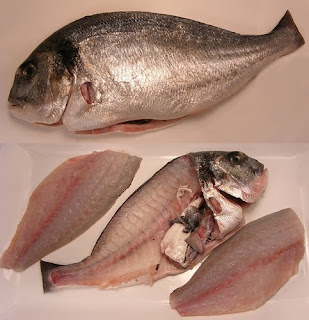Flathead Minnows do not Need Prozac
Fish on Prozac Are Violent And Obsessive

Photo: USFWS
To investigate the effects of fluoxetine, researchers have turned to a common US freshwater fish species called the fathead minnow (Pimephales promelas). Normally, fathead minnows show a complex mating behaviour, with males building the nests that females visit to lay their eggs. Once the eggs are laid and fertilized, the males tend to them by cleaning away any fungus or dead eggs.When fluoxetine reaches high enough concentrations, however, the males really lose it. They begin killing the females. Not surprisingly, any females that manage to escape the males’ murderous fins do not lay eggs.
But when fluoxetine is added to the water, all of this changes.
Female fathead minnows seem to be unaffected by the chemical, but at concentrations of fluoxetine that are roughly comparable to the highest levels documented in fresh water, male minnows start to spend more time building their nests. When the dose is increased tenfold, the males “become obsessive, to the point they’re ignoring the females”, Klaper said
As it turns out, a complex cascade of gene-expression changes and interactions are triggered when the drug enters the male minnow’s system. While understanding those pathways may help shed light on ways to combat the drug’s side effects in hapless male fish, weaning our Prozac nation off of the antidepressant would likely be the more surefire way of ensuring that the next generation of fathead minnows enter the world.
More from Smithsonian.com:
Are Millennials Too Strung Out on Antidepressants to Even Know Who They Are?
Drugs’ Odd Side Effects


Comments